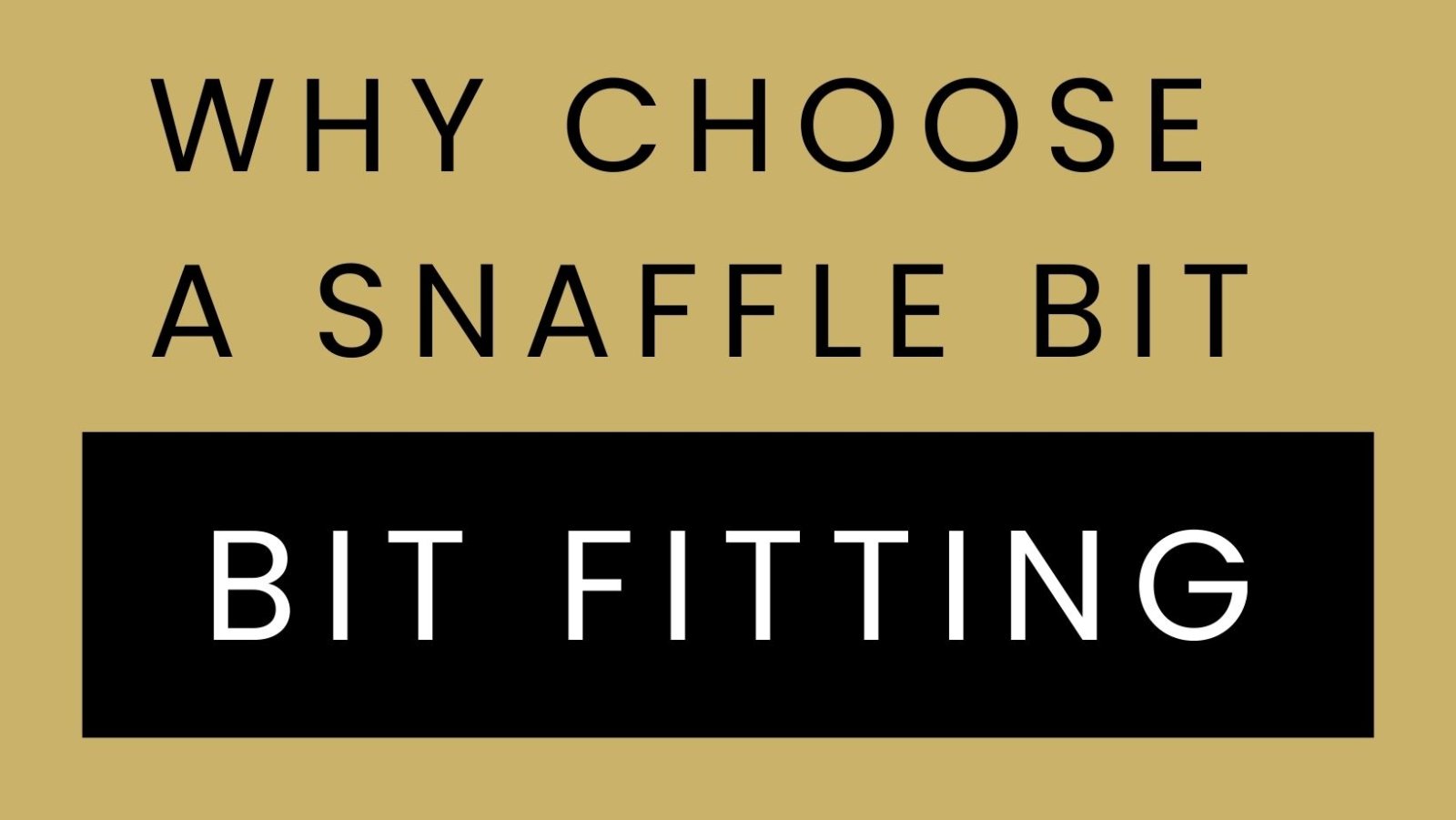
Choosing the right equipment for your horse can be a lengthy and complex process. To help you make an informed decision, we've created this guide to explain the snaffle bit and its common uses.
Please note that this is a general overview, and not all options will suit every horse. Any changes in tack should be made gradually, one at a time, so you can assess whether your horse is comfortable and happy with the new piece of equipment.
.jpg) A snaffle bit is probably the most widely used bit. It features various mouthpieces and rings, all providing direct pressure without leverage or attachments like a curb chain. These versatile, beginner-friendly bits are often dressage legal, though it's important to check the specific mouthpiece, as some may be misleading.
A snaffle bit is probably the most widely used bit. It features various mouthpieces and rings, all providing direct pressure without leverage or attachments like a curb chain. These versatile, beginner-friendly bits are often dressage legal, though it's important to check the specific mouthpiece, as some may be misleading.
.jpg)
It's essential to adjust the bit under the guidance of a professional to ensure your horse's comfort and avoid any discomfort. As a general rule snaffle bits should be fitted as follows;
Rings: a snaffle with a fixed ring, such as an eggbutt, will be fitted closer to the horses face however a loose ring needs to be fitted with about a fingers width clearance so as to avoid pinching.
Mouthpiece: Generally, the bit should be positioned to create two gentle wrinkles at the corners of the horse's mouth. However, this can vary based on the horse's mouth conformation and individual preference. Some horses may prefer or require their bits to be set higher or lower.
.jpg) Snaffle bits are an excellent choice when starting out. If you're working with a new horse and unsure of what equipment to start with, we recommend beginning with a loose ring snaffle in an arena. This setup allows you to adjust elements like the noseband or mouthpiece one at a time, helping you find the perfect tack combination for your horse. As always, make any changes gradually and give your horse a few rides to adjust to each new piece.
Snaffle bits are an excellent choice when starting out. If you're working with a new horse and unsure of what equipment to start with, we recommend beginning with a loose ring snaffle in an arena. This setup allows you to adjust elements like the noseband or mouthpiece one at a time, helping you find the perfect tack combination for your horse. As always, make any changes gradually and give your horse a few rides to adjust to each new piece.
.jpg)
Snaffle bits are available with various mouthpieces, including straight bar, ported, single jointed, and double jointed options. They can be made from different materials such as stainless steel, rubber, moulded plastics, copper, sweet iron, and specialist alloys. The rings or cheeks of a snaffle bit can be loose ring, eggbutt, D-ring, full cheek, or Baucher.
.jpg) Snaffle bits are a brilliant all rounder and can be used on inexperienced and established horses alike. They are simple in the design and action, they also come in such a wide array of types and styles there will almost certainly be a snaffle out there for every horse.
Snaffle bits are a brilliant all rounder and can be used on inexperienced and established horses alike. They are simple in the design and action, they also come in such a wide array of types and styles there will almost certainly be a snaffle out there for every horse.